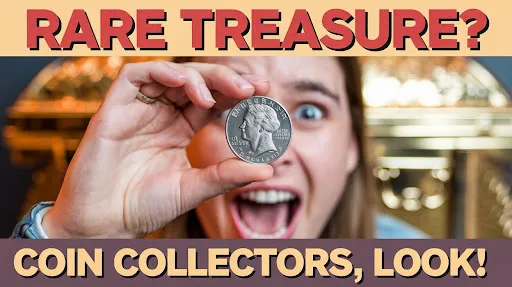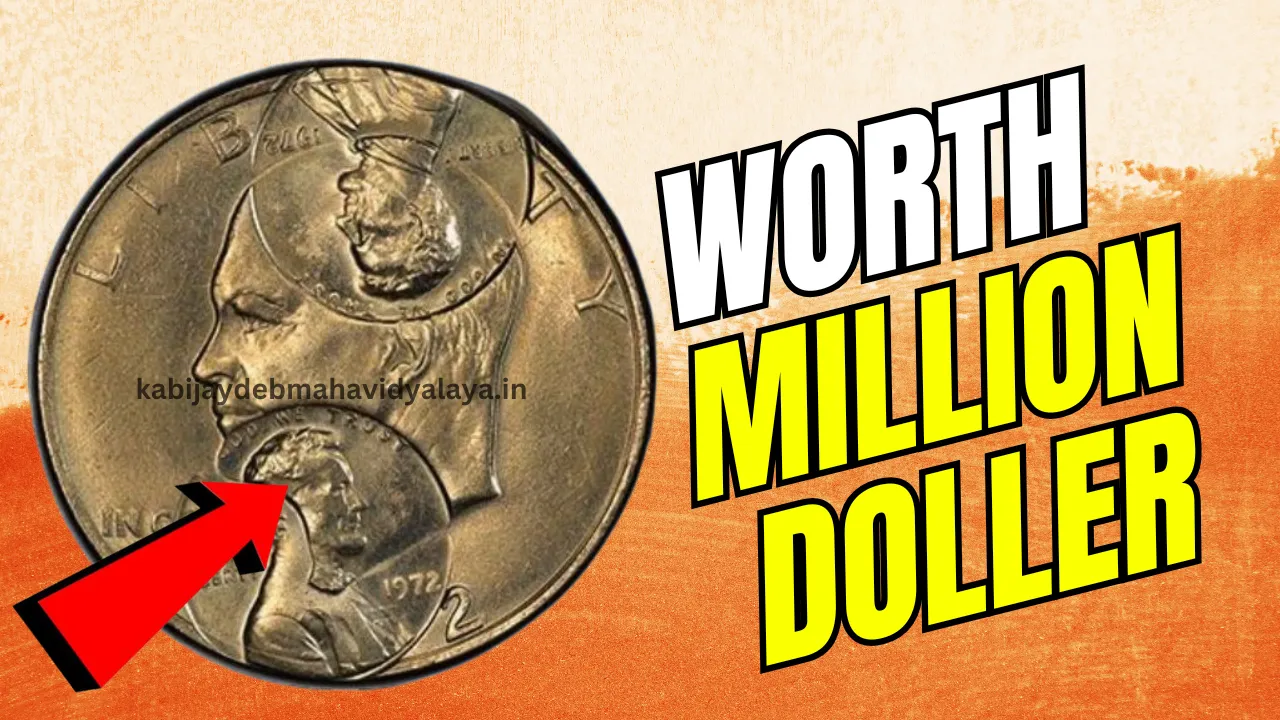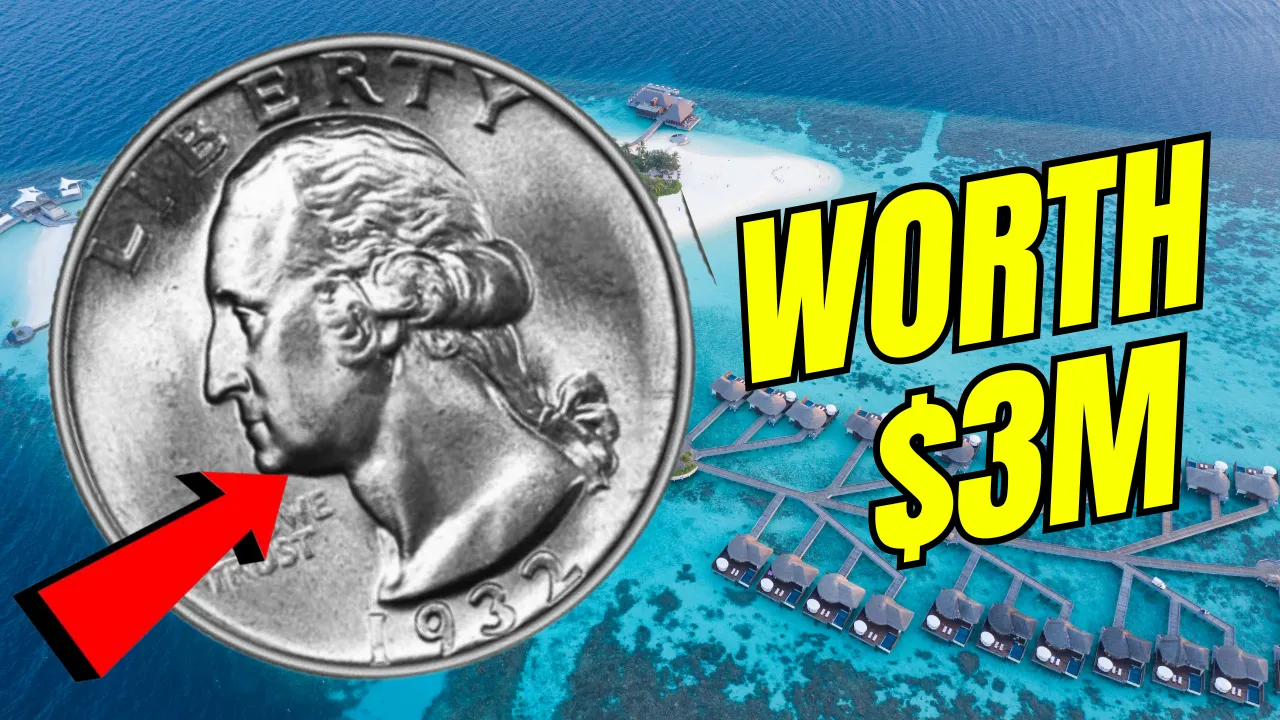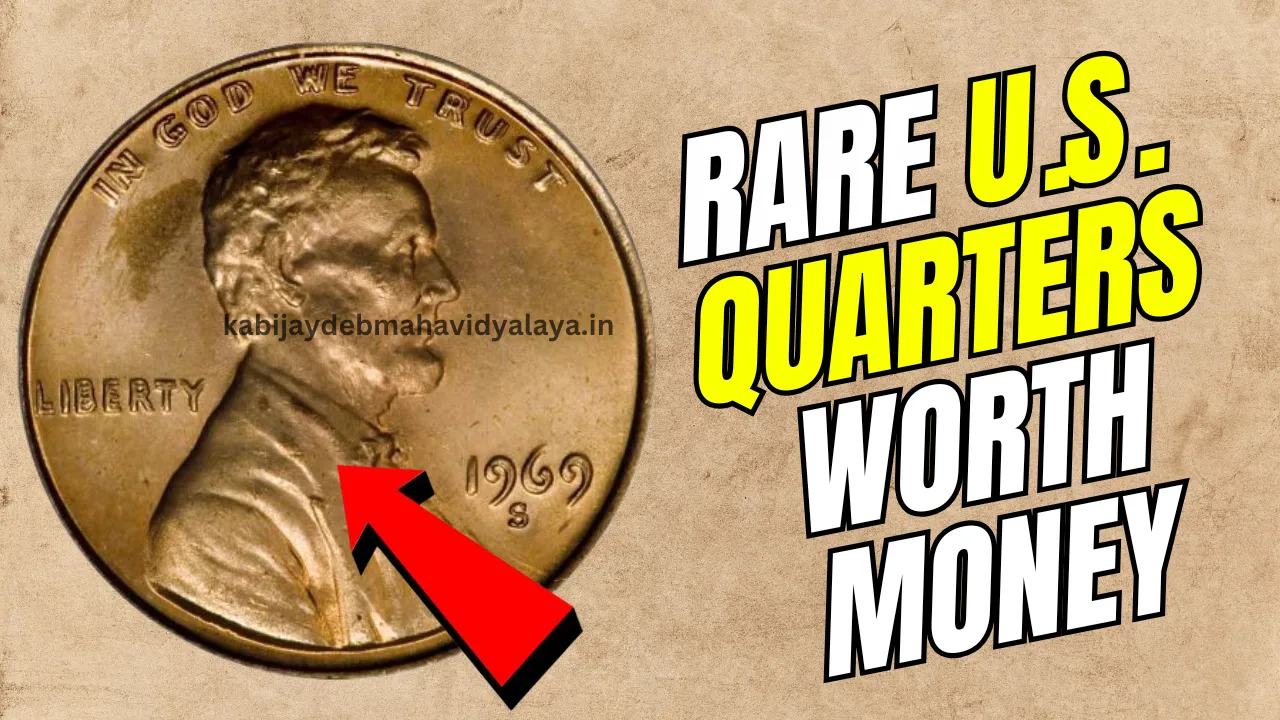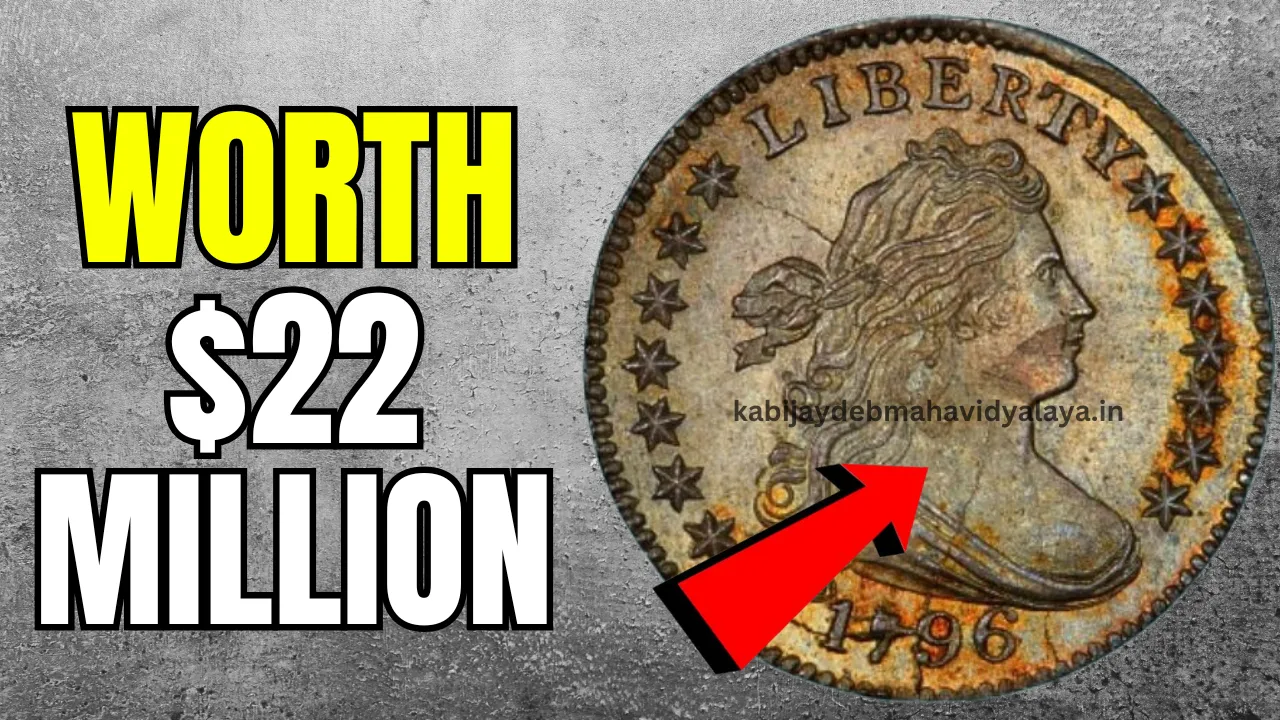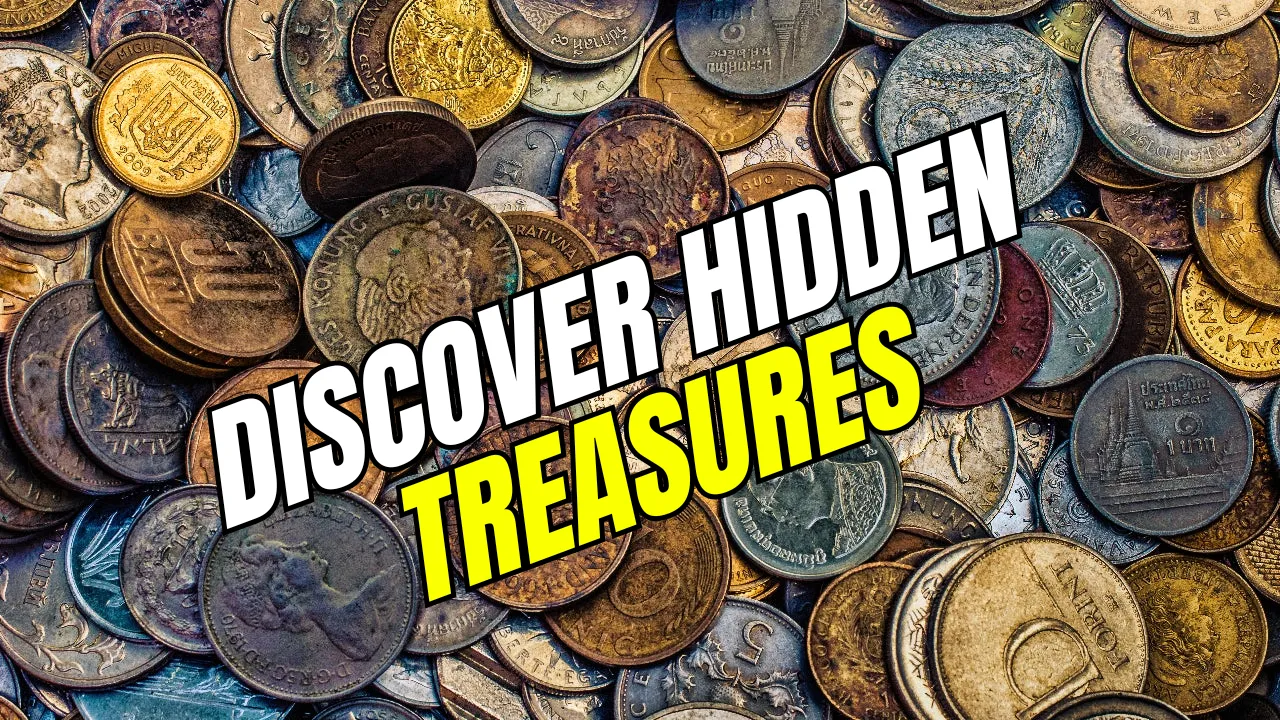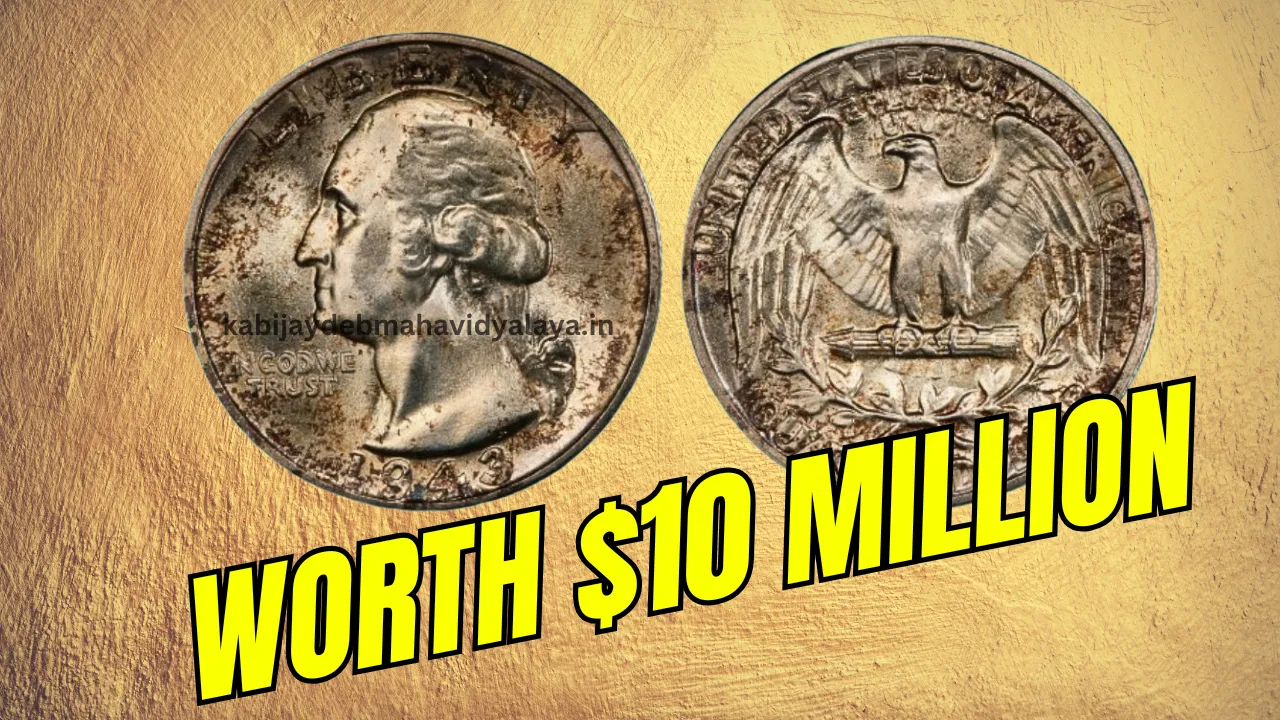The Bicentennial Quarter: The Bicentennial Quarter is more than just a piece of U.S. currency; it represents a significant moment in history and an unexpected revelation for coin collectors. Minted in 1976 to celebrate the 200th anniversary of the signing of the Declaration of Independence, this special coin stands out with its distinctive design. What has elevated its status to legendary among numismatists, however, is the discovery of a rare minting error that has turned it into a sought-after collectible.
For collectors, the Bicentennial Quarter is a blend of historical value, artistic appeal, and the excitement of finding something truly rare. In this article, we’ll explore its unique design, the minting mistake that made it famous, and its profound impact on the coin-collecting world. Whether you’re a beginner or a seasoned enthusiast, this is the story of how a single coin reshaped modern numismatics.
Overview of the Bicentennial Quarter
| Feature | Details |
| Year Issued | 1976 |
| Purpose | Celebrating America’s Bicentennial |
| Obverse Design | Standard George Washington profile |
| Reverse Design | Colonial drummer with a torch and thirteen stars (designed by Jack L. Ahr) |
| Unique Feature | Dual-dated “1776–1976” |
| Error Highlight | “Doubled Die” variety in the inscriptions |
| Value Potential | Standard coins are common, but error coins can sell for $10,000 or more |
The Story Behind the Bicentennial Quarter
In honor of the United States’ Bicentennial in 1976, the U.S. Mint decided to produce a commemorative series of coins. Among these, the Bicentennial Quarter became an iconic favorite. Unlike traditional quarters, it features a dual date of “1776–1976” on the obverse, representing both the founding year and the coin’s year of issue.
The coin’s reverse design, created by artist Jack L. Ahr, showcases a colonial drummer alongside a torch encircled by thirteen stars, symbolizing the original thirteen colonies. The design was chosen through a nationwide competition, emphasizing its importance as a celebration of American history.
What was initially meant to be a widely circulated coin for everyday use later gained significant attention due to an extraordinary discovery: a rare minting error that would forever change its reputation.
The Minting Error That Elevated the Bicentennial Quarter
The Doubled Die Error is the key factor behind the incredible value and fame of some Bicentennial Quarters. This error occurs during the minting process when a die is improperly manufactured, causing certain elements of the design to appear doubled.
Features of the Doubled Die Bicentennial Quarter:
- Doubling in Key Inscriptions: Doubling is most commonly observed in “LIBERTY” and “IN GOD WE TRUST” on the obverse side.
- Highly Visible Mistake: Unlike subtle minting imperfections, this error is noticeable to the naked eye, making it easier to identify.
- Extreme Rarity: Fewer than 100 examples of the Doubled Die Bicentennial Quarter have been discovered, making it a prized find for collectors.
This minting flaw transformed an otherwise ordinary commemorative coin into a treasure worth thousands of dollars. Even lower-grade examples of this error can sell for hundreds, while pristine versions fetch prices upwards of $10,000.
How the Bicentennial Quarter Revolutionized Coin Collecting
Before the discovery of the Doubled Die error, coin collecting had been largely focused on older coins, particularly those made of silver or gold. Modern coins from the 20th century were often overlooked, dismissed as common and unremarkable. The emergence of the Bicentennial Quarter error changed that perception, creating a renewed interest in contemporary coins.
Two Major Impacts of the Bicentennial Quarter:
- Focus on Minting Errors
Collectors began paying closer attention to modern coins, searching for minting imperfections that could increase their value. The Bicentennial Quarter sparked a movement where error coins, even from more recent years, became highly desirable. - Revival of Commemorative Coins
The success of the Bicentennial Quarter reignited interest in commemorative coins as a category. It demonstrated that these coins, created to celebrate significant events, could hold both historical and monetary value.
The discovery of this rare coin inspired countless collectors to search through their spare change, coin rolls, and collections, hoping to stumble upon a similar hidden gem.
Tips for Finding and Collecting Bicentennial Quarters
If you’re intrigued by the Bicentennial Quarter and want to start your own search, here are some practical tips:
- Inspect Carefully: Look closely at the inscriptions, especially “LIBERTY” and “IN GOD WE TRUST,” for signs of doubling. A magnifying glass or loupe can be helpful.
- Focus on Condition: Coins in better condition are always more valuable, so handle them carefully and store them in protective cases.
- Search Coin Rolls: Visit your local bank and purchase rolls of quarters to search for hidden treasures. While rare, it’s not impossible to find valuable coins in circulation.
- Buy from Trusted Sellers: When purchasing high-value error coins, always buy from reputable dealers or attend auctions to ensure authenticity.
- Educate Yourself: The more you learn about minting errors and coin grading, the better prepared you’ll be to spot valuable coins.
FAQs About the Bicentennial Quarter
1. What makes the Bicentennial Quarter unique?
The Bicentennial Quarter is unique due to its special design featuring a colonial drummer and dual dates (1776–1976) to commemorate the U.S. Bicentennial.
2. Why is the Doubled Die Bicentennial Quarter so valuable?
Its value lies in the rarity of the minting error, which caused noticeable doubling in the inscriptions. Fewer than 100 examples have been identified, making it highly sought after by collectors.
3. How do I know if my Bicentennial Quarter is a Doubled Die error?
Examine the obverse side for clear doubling in the words “LIBERTY” and “IN GOD WE TRUST.” If the letters appear duplicated, you may have a valuable error coin.
4. How much can a Doubled Die Bicentennial Quarter sell for?
Prices vary depending on the coin’s condition, but they can range from several hundred dollars to over $10,000 for high-grade examples.
5. Are Bicentennial Quarters still in circulation?
Standard Bicentennial Quarters are common and can still be found in circulation. However, the Doubled Die error coins are extremely rare.
Final Thoughts
The Bicentennial Quarter is more than just a commemorative coin; it’s a piece of history and a symbol of how seemingly ordinary objects can hold extraordinary value. The discovery of the Doubled Die error turned this quarter into a legendary collectible, inspiring a renewed interest in numismatics and minting errors.
Do you have a Bicentennial Quarter in your collection? Take a closer look—it might just be the hidden treasure you’ve been searching for. Share your thoughts and experiences in the comments below, and don’t forget to explore our other articles for more numismatic insights and tips.
